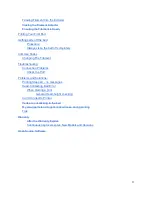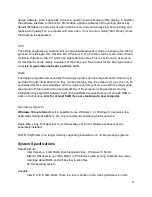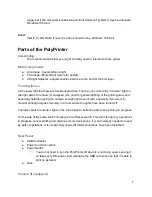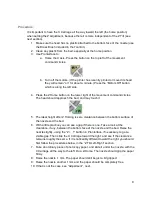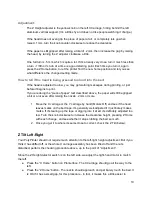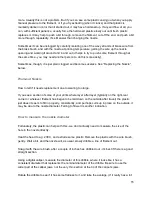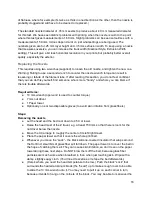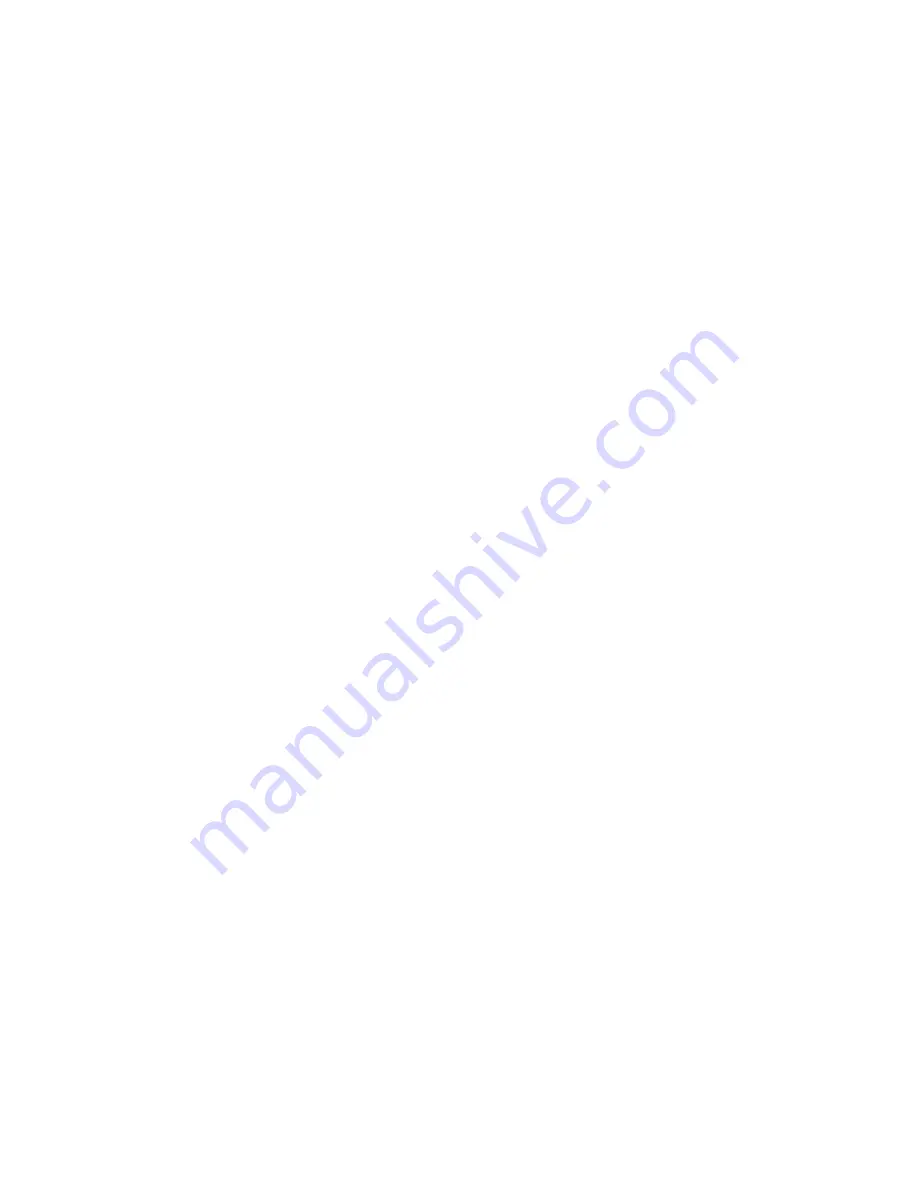
The tape also becomes less sticky when it gets scratched up due to many parts having been
printed and lifted from it.
Usually the end result is that the tape is worn out before acetoning it would be useful, so it is
relatively rare to need to do this.
However, if the tape is in good condition but not sticking (and if the Z height is correctly set) then
you may find it useful to use Acetone to freshen it up:
● Fold a plain white paper towel over a number of times until it is around 2” x 3” - more like
a pad than a towel. Warning: some towels, like the blue “Shop Towels” partially dissolve
and then leave a residue on the bed, preventing the plastic from sticking - the opposite
of what you’re trying to achieve. We have found the Kirkland plain white towels from
Costco to work well, but other brands of plain white towels will probably also work well.
● Pour a little acetone on one corner so that it just soaks in and wets that end of the pad.
Hold the pad by the other end to avoid getting the acetone on your fingers. Wipe the bed
with the wet end, covering the entire surface.
● When you are done with it, take the paper towel to an outside garbage if you can, to
avoid a buildup of the vapor in your work or living area.
Nozzle problems
You can expect to replace the print head extruder nozzle once in a while:
● It may clog
● It wears out, enlarging the orifice and reducing print quality.
Clogged Nozzle
If it is clogged, you will be unable to make plastic come out of the nozzle. This can happen
(usually near the end of a large part, if Murphy’s Law is operating normally) while printing, and
you will typically hear the extruder clunking for a while, then perhaps going silent. The bed and
X Carriage will still be merrily traversing the part but no plastic will be coming out. (This is called
“printing air”.)
Sometimes before it fully clogs, it will partially clog, causing insufficient plastic to flow. If you
have the head raised at least 30 mm and you extrude some plastic, it should normally fall
straight down (unless it sticks to the head). If, however, it always curls up tightly and you cannot
get it to extrude straight down, even when encouraged by snagging it with the brass brush and
pulling on the end a bit, then the nozzle is partially clogged. Another sign of a partial (or
complete) clog is a clunking sound when extruding filament like that at 300mm/min (default
setting).
Some plastics can go brown and very hard if left in a full-temperature nozzle for an hour or
14



